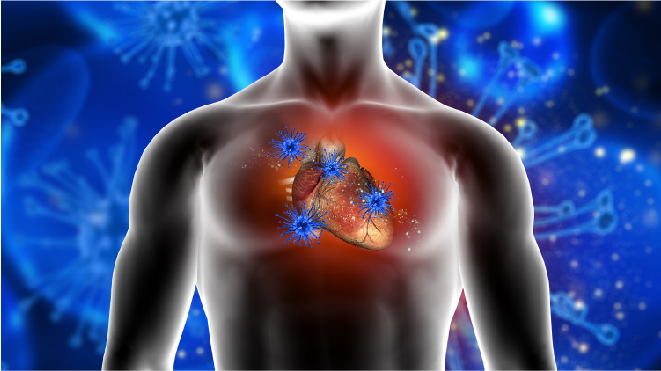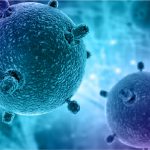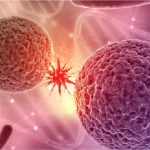Chemotherapy is one modality of blood cancer treatment. Generally, one or more drugs are a part of the treatment. The therapy aims to prolong life or at least reduce symptoms of cancer and helps to kill cells that divide quickly.
These drugs are injected into the vein or the muscle or may be taken orally. These drugs aim to reach the cancerous cells of the body through the blood, which is very helpful to target widespread cancers. If the medication has to reach the brain or the spinal cord, an injection carries it to the cerebrospinal fluid (intrathecal chemo).
The main goals of chemotherapy are:
Cure: The treatment’s main objective is to kill the cancer cells and cure cancer, even if it is not always possible. However, cure is the goal.
Control: If the cancer is not curable, then controlling the disease is the goal. Chemo is used to shrink the tumors or restrict the growth of cancer cells in the body.
Palliation: The treatment eases the symptoms of cancer and make life easier for the patient.
About Chemotherapy:
The efficiency of chemotherapy depends on the stage of cancer and the age of the patient. Chemotherapy is most efficient for blood cancer among all other cancers.
The dosage of chemotherapy goes through careful calculation before prescription. If the dosage of the medication is too low, it will not be effective in curing or controlling cancer in the body. If it is too high, the person could get intolerant to the side effects. The primary factors that determine dosage are the height and weight of the person. But the age, gender, metabolism, disease state, organ function, drug-to-drug interactions, genetics and obesity of the person also have to be taken into consideration. No two people can expect the same dosage or the same results with chemo treatment. Measuring the blood vessels in the blood plasma and adjusting the dose accordingly helps in achieving optimal effect.
Phases of Treatment:
Usually, the treatment occurs in 4 stages. After each stage, the body recovers with a period of rest.
Induction Phase:
The first stage is Remission Induction. In this phase, the treatment kills the cancer cells in the blood and bone marrow.
CNS Prophylaxis (only in some subtypes)
The second phase is the Central Nervous System of Directed Therapy. The medication in this phase kills the cancer cells in the central nervous system and restricts the cancer cells from spreading into the spine liquid.
Consolidation Phase
The third phase is the consolidation phase. In this phase, doctors prescribe medication in the remission stage. This stage kills the remaining cancer cells that are currently inactive but could regrow later. It generally lasts for a few months.
Maintenance Phase
The final and the fourth phase is the maintenance phase. This phase lasts for two to three years. The prescription consists of low doses to prevent the recurrence of cancer.
Types of chemotherapeutics:
Alkylating agents:
These are the oldest group of chemotherapeutics. These agents have the ability to alkylate many molecules, including DNA. This ability allows the DNA to bind covalently via their alkyl group and is the cause for their anti-cancer effects. During cell division, if the cell tries to replicate the crosslinked DNA, the strands could break. This can lead to cell death. These are cell-cycle independent drugs, i.e., they can work at any point in the cell cycle. Hence, the effect is dose-dependent on the cell.
Antimetabolites:
These are a group of molecules that impede DNA and RNA synthesis. Antimetabolites resemble either nucleobases or nucleosides, but have chemical group alterations. These drugs block the enzymes required for DNA synthesis or get incorporated into DNA or RNA. By inhibiting the enzymes, these drugs prevent mitosis because the DNA cannot duplicate itself. These drugs are cell cycle-dependent. After misincorporation of the molecules into DNA, DNA damage can occur, and the cell is programmed to die. For this reason, at a specific dose, no more cell death occurs as the dosage increases.
Antimicrotubule agents:
These are plant-derived chemicals that block cell division by preventing microtubule function. The vinca alkaloids restrict the formation of the microtubules and taxanes restrict the disassembling of microtubules. So, they prevent cancer cells from completing mitosis (cell division). Cell cycle arrest occurs following it, which induces programmed cell death. Moreover, these drugs can affect blood vessel growth which helps blood tumours grow.
Topoisomerase inhibitors:
These drugs affect the activity of two compounds- topoisomerase I and topoisomerase II. The topoisomerase II poisons increase the levels of enzymes be bound to the DNA. This prevents DNA replication and transcription and causes DNA strands to break, and leads to programmed cell death. Catalytic inhibitors block the activity of topoisomerase II and hence restrict DNA synthesis and translation
Cytotoxic antibiotics:
These drugs have various actions. All these drugs interrupt cell division. Actinomycin is a molecule that prevents RNA synthesis by intercalating DNA. Moreover, bleomycin intercalates DNA but damages it by producing free radicals. Furthermore, mitomycin is another cytotoxic antibiotic with the ability to alkylate DNA.
Delivery of drugs used in chemotherapy:
Doctors prescribe intravenous drug transfusion for chemotherapy. Depending on the person, stage of cancer and type of chemotherapy and its dosage, the medication is given to the patient under respective guidance. For frequent or prolonged medication, various systems are need surgical insertion into the vasculature. Primarily, the purpose of these is to deliver a very high dose of chemotherapy to tumor sites without causing extreme damage to the system.
Parts of the body which have highest cell division require chemotherapy. The areas in the body that are most susceptible to damage are hair, skin, blood and the intestinal tracts.
Related Posts:




